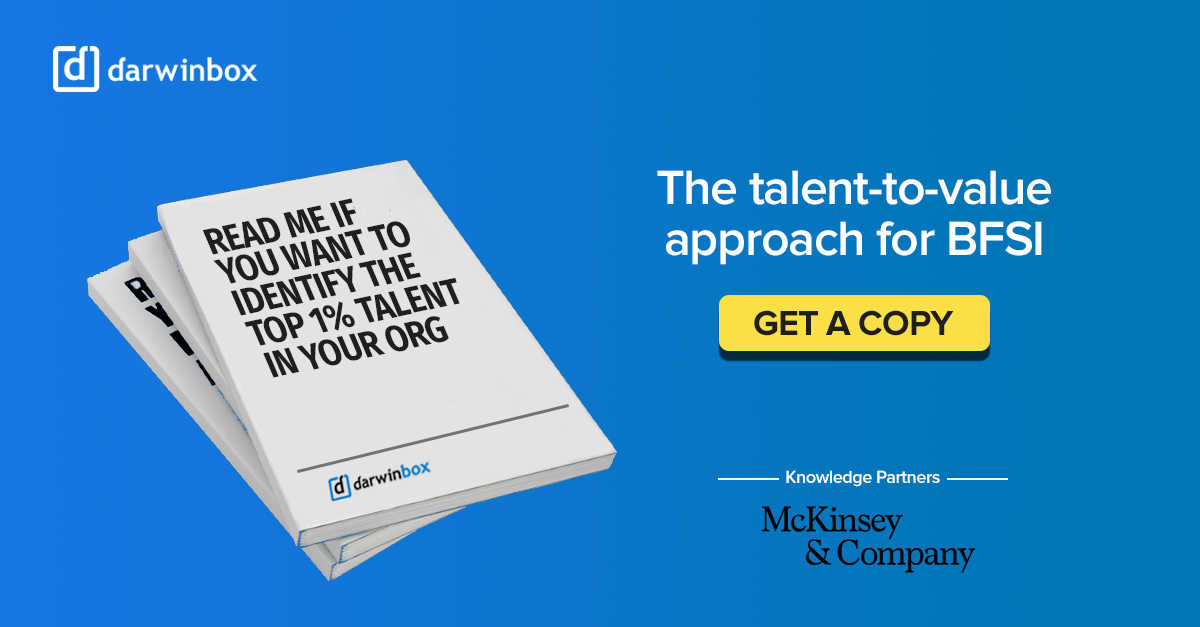

The word business is synonymous with payroll. It is among the most critical functions for any organization. Around 40% of an organization’s operating costs come from payroll-related expenses.
Yet, the payroll function hasn’t advanced at the rate at which it should have, or the way other business functions have taken to technology.
While the market is rife with payroll software products, there’s still a gap between what organizations need and the kind of solutions that are available to them. In southeast Asian countries, in particular, the payroll sector is quite siloed and disjointed.
Going forward, as organizations scale and spread their wings across continents, there’s going to be a need for payroll systems that support large workforces with employees who clock in from across the world.
Simple payroll systems just won’t cut it.
The payroll processing software of the future needs to be robust, powerful, agile, and adaptable. The solutions will have to handle data leakage due to scattered systems, errors and inaccuracies due to manual processing, and even face legal consequences for regulatory non compliance.
Payroll systems must come equipped to manage sensitive people data from multiple locations, process payroll for different kinds of pay schedules, adhere to compliance requirements of several countries, reduce payroll processing time, ensure accuracy, and see to it that all this scales as the business grows. Failure to meet these requirements can lead to serious consequences, including legal issues, financial loss, and damage to the organization's reputation.
It is time for a digital payroll revolution.
The Gaping Hole in the Payroll Market - Challenges and Issues that Companies Face
The payroll software market comprises standalone payroll products or point solutions, and vendor aggregated payroll solutions.
While each solution bring to the table certain benefits, there are still a lot of gaps that need to be bridged.
Despite this, organizations continue to use one of these solutions because the market today doesn’t have an ideal multi-country payroll system that’s designed taking into account the nuances and requirements of workforces and companies in Southeast Asian countries.
Consequently, the payroll function at most organizations is rife with issues and inefficiencies. Here are some of the key challenges and issues that organizations deal with:
Scattered Payroll Data
Despite the advancement of HR technology, most organizations in Southeast Asia still use manual processes with little automation, and part-offline and part-online payroll systems are quite common. Around 45% of the payroll process in most organizations is still done manually, from loading to reconciling payroll inputs.
When it comes to input processing, the systems aren’t fully automated and are not typically integrated with their HCM platform or other tech systems. Ideally, payroll must be tightly integrated with HR, workforce management, and every other system across an employee lifecycle because the input processing has to be done in real time. The payroll solution should be able to capture and integrate all data related to payroll such as basic compensation structure, time and attendance, rewards and recognition, performance-related payments and other benefits, off-cycle payouts, bonus payments, and recoveries or clawbacks after separation from the organization.
If not, the organization could face the following problems:
- Unnecessarily long payroll processing cycle
- Errors in payroll causing the need to reconcile or fix errors
- Lack of transparency and documentation
- Omission of data which could result in inaccurate payments
Siloed systems
Payroll is already a process that involves multiple stakeholders and teams including taxation, finance, compliance, workforce management, time & attendance. It also involves multiple stakeholders such as the employee’s line manager, department head, finance head, etc.
The movement of data between multiple stakeholders causes:
- Data leaks and misses
- Increased exposure of sensitive data and security issues due
- Inefficiencies in processes
- Issues with payroll scalability as the organization grows
Regulatory and Compliance Issues
Having a diverse workforce that’s spread across regions necessitates a multi-country payroll system. The system will have to be equipped to handle multiple complexities related to different kinds of organizational structures, variance in payroll cycles, different compensation structure different for different groups, etc.
Each of these will come with their own set of regulations that organizations would have to comply with, and the requirements would vary from one country to another.
As a result, organizations will have to handle issues such as:
- Risk of non-compliance
- Poor audit trails
- Breach of trust due to non-compliance
- Inaccurate payments
Poor Employee Experience
We live in the era of self-service. Most organizations empower their employees with self-service as this results in a better, smoother employee experiences.
With siloed payroll systems, employees have issues accessing their payroll data and are forced to email their HR or finance teams for any details such as their benefits, compensation details, tax implications, salary advances, etc.
The Need for a Unified Payroll Solution
While inefficiencies with payroll might not dramatically alter businesses overnight, it is one of those things that pile up and eventually create trouble for the business. Here’s why you should revamp your payroll system before it is too late:
- Seamless integration with the HCM
- End-to-end online processing, ensuring convenience, efficiency and continuous payroll processing
- Continuous audit readiness for compliance and accuracy
- Configurable Multi level verification and payroll approval workflow integrated into the process flow
- Flexibility to switch between self-service and managed services
- Employee Self Service (ESS) and integrated visibility across the Employee Life Cycle (ELC).
- Leveraging AI for streamlined global payroll management.
- Delta processing capabilities for processing speed, efficiency and flexibility.
- Core localization, configurable to unique rules for seamless global compliance with global visibility, local operations and continued support on product and services. Local reporting, global analytics to help in one global view and operations
Don't miss the ultimate guide to payroll management.
The Answer to Your Payroll Troubles
Darwinbox’s unified HCM that comes integrated with a one-touch multi-country payroll system is designed for organizations in Southeast Asian countries. It doesn’t just fix all the issues discussed above, but provides users with a lot more features and capabilities that will help improve efficiency, eliminate errors, reduce payroll processing time, and assure you of compliance and control.
To learn more about how Darwinbox can help revitalize your payroll function, schedule a demo with our experts today!


Speak Your Mind